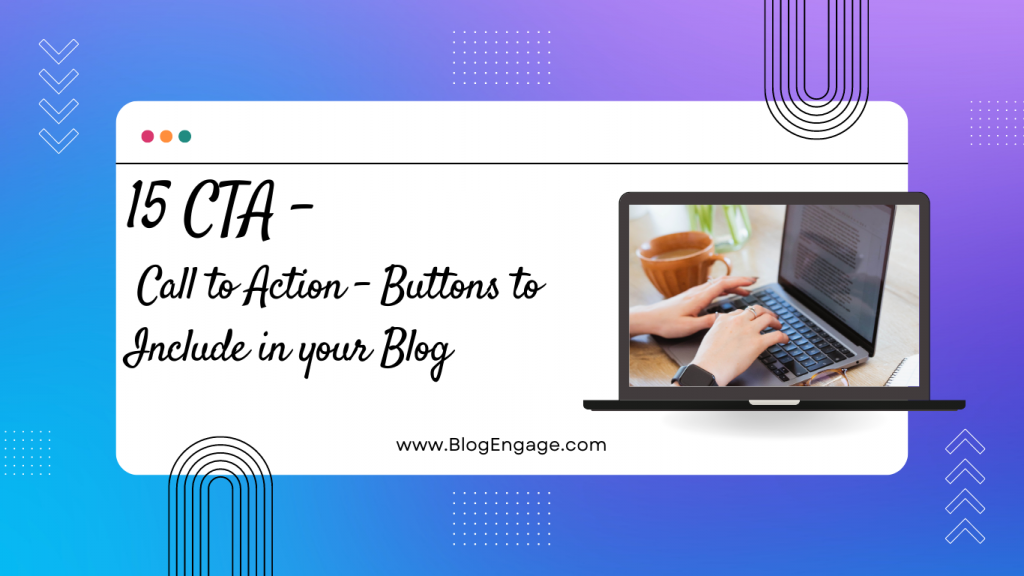There’s plenty of tools on the internet which are available to the bloggers for free. Several of those have a free version available with limited features and a more comprehensive version which requires a paid upgrade. Either way, as long as the free features are worth using, bloggers will continue to use such tools for making blogging life easier.
These tools cover a number of niches like design tools, text and content tools or even SEO and PPC tools. Both new and seasoned bloggers need to use tools to simplify and speed up blogging activities. Thus we are covering some really important free blogging tools in this article.
Here’s the Top 23 Free Blogging Tools for 2023.
1. Canva: It is more than just an image editing tool, with images, styles, fonts and templates, Canva is a gold mine for bloggers who are looking for editing images for blog posts, social media updates, YouTube thumbnails etc.
Every platform and every action within a platform requires images of different sizes and resolutions. For example Pinterest prefers images that are longer than wider, while instagram prefers square images. These requirements are met exactly pixel for pixel in the Canva options.
2. Buffer: For social media scheduling, Buffer is one of the oldest and free tool available on the internet. It is easy to use and does exactly what it is meant to do, which is schedule content for social media sites and post them when you want them to be posted.
3. CopyScape: There’s several services that checks for content plagiarism but none is as effective as the copyscape. The free version allows checking URLs, so all you have to do is to enter the link of the page which you want tested for duplicate content and Copyscape will show the results.
4. Grammarly: When it comes to writing top notch content, this one tool can help in writing flawlessly without even the slightest of grammar mistakes. Content is more than just grammar though, and Grammarly fixes the way in which the content is presented, not just the grammar basics.

5. Quora: Quora isn’t a tool, it is a social network that works in the question and answer niche. For bloggers and marketers, this site not only presents with the best answers, but as a contributor of these answers, a blogger can drive home some targeted traffic by giving relevant links from the answers they contribute.
6. Linkedin Pulse: Linkedin is a massive social network that targets jobs, carriers and professional life. This site has a blogging option where a blogger can add regular content and build an audience. This traffic can be targeted to several sources and make the best use of it.
7. Trello: When it comes to organizing your blog or your business, a tool like trello helps you to keep track and progress of all aspects of your business. Any work in progress can be shown in a board, the works currently going on can be displayed in cards. It has the option to add comments and details so that several people from your network can give their feedback.
8. Google Drive: Keeping and sharing content across all your digital assets like laptops, desktops, cell phones etc. is a difficult task. But if you have Google drive, all you have to do is to upload the data in the drive and access it from where ever you have drive logged-in.
9. Google Trends: This is yet another amazing tool from Google that shows what is trending. They have a specific page for hot trends that shows the exact hash tags that are trending now. Based on those keywords, one can write targeted content and rank for terms that are currently getting a lot of searches.
10. MOZ: When it comes to checking incoming links, DA, links gained or lost from specific domains etc. Moz comes to the rescue. It has a platform full of tools for various blogging requirements.
11. SEMRush: SemRush too has a number of tools and the SERP checker is one of the best tools that this platform has.
12. MailChimp: There’s many tools that can be used for email marketing. MailChimp is one of the oldest and free tool which allows sending of emails to your email list and keep the list growing till the free limit allows.
13. Google Analytics: For tracking visitors to a website, people have been using this free tracker which is provided by Google.
14. WordPress: There’s plenty of blogging CMS available on the internet. Many of those are free, however, most blogs use the wordpress system as it is both free and easy to manage.
15. Slack: As a growing business, when your team grows further, Slack comes in handy for managing your team communication and activity.
16. Skype: Over the years, Skype has been used for online communications and since most people already have it installed so it becomes the go-to tool for communicating with people online.
17. Akismet: There’s many tools that can be used to stop spam comments in your blog. However, since Akismet is free and it already comes pre-installed with a wordpress blog, it naturally becomes the most used spam blocking plugins for wordpress.
18. Fiverr: For selling and buying online, people use Fiverr. In spite of their huge charges, this platform is free and easy to use, so people join it for getting started with freelancing.
19. Discord: Discord is easy to setup and plenty of people prefer it for online chatting and group discussions.

20. UberSuggest: For keyword research, especially the type that shows up in the Google keyword suggestions, this tool presents a comprehensive report of such keyword suggestions.
21. Facebook Groups: Groups of Facebook are free to join and they can provide a lot of targeted traffic if you share relevant information. This feature is very under used and if bloggers use it actively, it will help them greatly.
22. Medium: This is yet another blogging platform and several bloggers use Medium as their blogging destinations instead of posting content on their own blog.
23. AllTop: While AllTop isn’t exactly as big as it once was, but still it has a decent collection of blogs and media sites which are sorted by categories for easy browsing.
Free tools are always great to get started. As long as the feature available in the free version serves the purpose, it is worth using. As the requirements increases, one can opt for a new tool or if the budget allows, pay for the paid features and get a premium version of it.













